brazilian pepper tree uses
Its role is more medicinal. The Brazilian Pepper tree was originally brought into the United States in the mid-1800s but is native to South America particularly in the countries of Brazil and Paraguay.
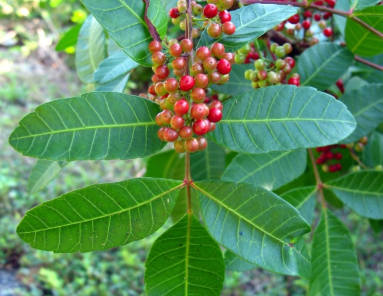
Invasive Plant Spotlight Brazilian Pepper U S National Park Service
Army Engineer Research and Development Center ERDC and the US.

. It is part of the same family that poison ivy poison oak and poison sumac are classified in. Free Shipping on Qualified Orders. Traditionally Brazilian pepper has been used in herbal medicine for its natural anti-inflammatory antiseptic and infection-fighting benefits.
Packet to Bulk - Huge Seed Selection Including Heirlooms Organics - Since 1974. Ad Shop Devices Apparel Books Music More. It grows at a rate of 2 feet per year up to a height of 20-30 feet with an equal or greater branch spread.
Brazilian Pepper is a small- to medium-sized broadleaf evergreen tree in the cashew family Anacardiaceae. The two factors that are your friends. Scientists have discovered that Brazilian.
1 However most contemporary uses of Brazilian pepper tree are focused on its activity against harmful organisms. Traditional folk medicine has asserted that the Brazilian Pepper Tree possesses antibacterial activity which. It can be grown as a tree with single or multiple trunks or as a large shrub.
Can also be used externally by applying to the skin twice daily and letting dry completely. The small pink fruits from this tree have been used by traditional Amazonian healers for generations to treat infections and wounds. To see pictures of Brazilian Peppertree click here.
Some parts of the tree can also be used as a treatment for urinary infections as well as respiratory infections 4. A notable feature of the tree is its tendency to be irritable to the skin. Ad Vegetable Gardening Sprouts Microgreens Flower Seeds - Fast Free Shipping.
The folk medicine uses of pepper tree are many and include relief from symptoms of ulcers respiratory concerns diarrhea and skin concerns. The leaves of the Brazilian Peppertree are most commonly known to be used as an antiseptic and anti-inflammatory treatment for wounds and ulcers. Because of its aggressive growth.
Army Corps of Engineers USACE Ft. Take 60 drops 2 ml of a 14 bark tincture extract 2-3 times daily or as needed. Nature has a way of breaking down toxins and recycling almost everything into a form plants.
Brazilian Pepper Health Uses and Health Benefits. The Brazilian peppertree Schinus terebinthifolia was introduced to the US. First youll want to disinfect your tools with a 10-percent bleach solution.
Scientists at the US. It grows 4 to 10 m tall with a trunk 25 to 35 cm in diameter. It produces an abundance of small flowers formed in panicles that bear a great many small flesh-colored berry-like fruits in December and January.
It is attractive in all seasons due to its. The Brazilian Pepper is an attractive medium to large shade tree ideal for use in a patio or garden setting. Similar to poison ivy poison oak and poison sumac the leaves and bark of the Brazilian pepper tree contain urushiol a toxic oil that causes serious rashes and allergic reactions.
Regardless of whether you are in need of a campfire to heat food water or simply to keep yourself warm a Brazilian pepper tree would should be only your absolutely last resort. I would still use Brazilian pepper as a chop-and-drop tree and compost addition as well as a mulch but I might be wary of using it in large quantities. Brazilian pepper trees come in many different sizes ranging from a small shrub as it is often found when growing in a shaded.
Using the bypass pruners youll want to cut branches up to ½-inch thick use lopping shears for branches ½ to 1 ½ inches thick and a pruning saw for branches that are larger than 15. White flower clusters appear on both male and female Brazilian pepper trees. Its uses have ranged from treating ulcers and wounds to preventing respiratory and urinary tract infections.
The Brazilian pepper tree is a large multi-stemmed evergreen shrub or tree that grows up to 33 feet in height. When the wood is burned for cooking or smoking foods the toxic compounds become airborne and can cause severe reactions when they come into contact with eyes and. Unlike its relatives the Brazilian Peppertree isnt used to season food.
Several studies have confirmed Brazilian pepper tree to be toxic against Staphylococcus. As an ornamental in the 1840s. Easy to care for once established it requires little to.
This small shrub-like tree typically 15 to 30 feet in height is the most widespread of Floridas nonnative invasive plant species occupying more than 700000 acres. The simple answer is that no Brazilian pepper tree wood is not a good wood to use for a campfire. The Brazilian pepper tree does not produce peppers but instead draws its name from its peppery aroma.
As a gargle or mouth rinse dilute 60 drops 2 ml in a small amount of warm water and swish in mouth 2. Brazilian peppertree is a shrubby tree with narrow spiky leaves. Worth District are researching the effects of biocontrol on an invasive tree in south Texas.
My Verdict on Brazilian Pepper Composting. Native to Brazil and right at home in the Southwest homeowners can expect moderate growth from this drought tolerant water wise tree. Leaves which are green with a red midrib produce a turpentine-like smell when crushed.
Brazilian pepper berries have been reported to produce a narcotic or toxic effect on native birds and wildlife during some parts of the year. Next cut all root suckers leaving only one main vertical trunk on the tree. The aromatic sap of the Brazilian pepper tree is similar to poison.
The smell of the invasive tree can actually cause respiratory problems for some people with extended exposure. Brazilian Pepper Schinus terebinthefolius. Arched and densely tangled branches originate from short trunks.

Brazilian Pepper Tree Mlalazi Estuarine Floodplain Inaturalist

Brazilian Pepper Everglades Cisma

Brazilian Pepper Tree Facts And Health Benefits
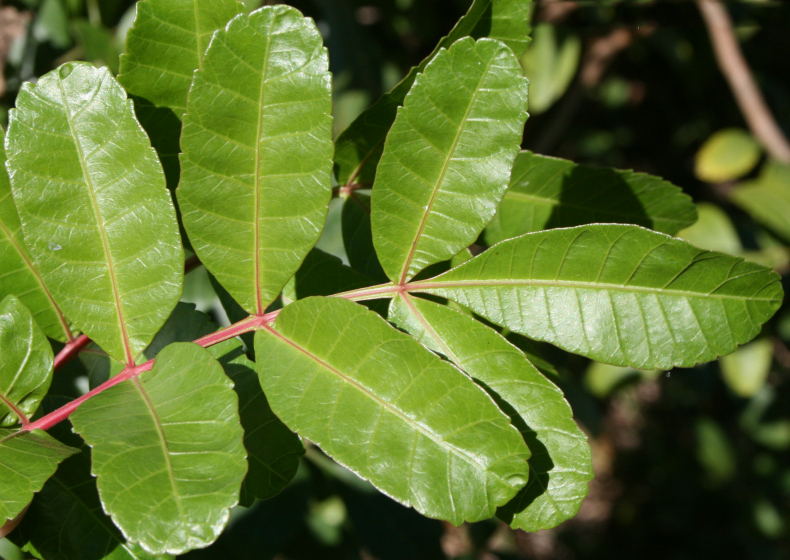
Brazilian Pepper Tree Facts And Health Benefits
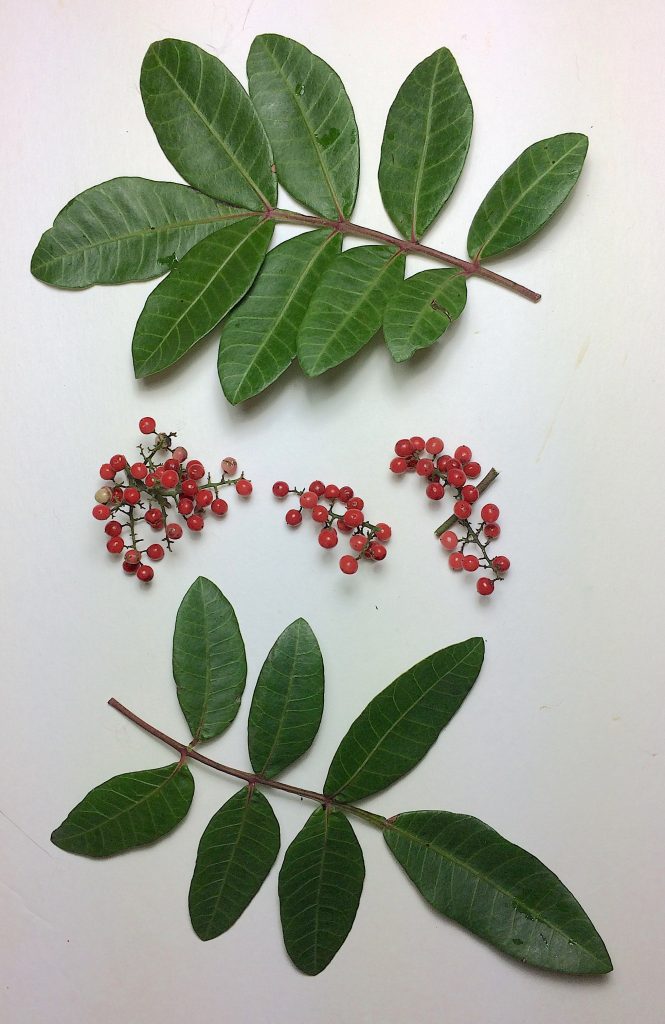
Alternative Pepper Or Brazilian Pest Eat The Weeds And Other Things Too
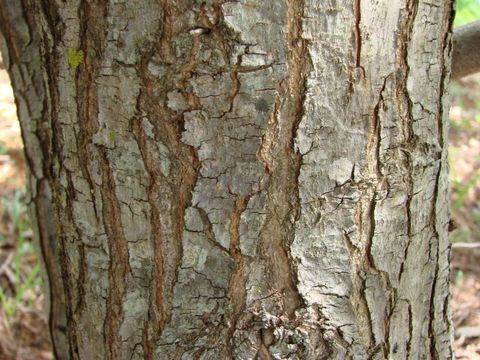
Brazilian Pepper Tree Facts And Health Benefits
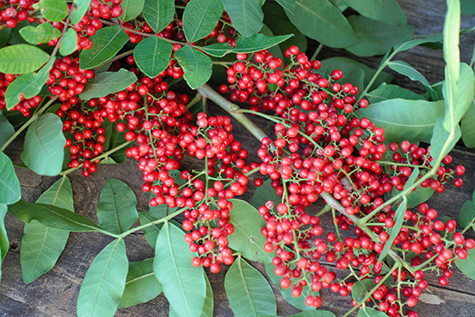
Brazilian Pepper Tree A Berry With Big Benefits Foodtrients

Brazilian Pepper Trees Form Dense Forests That Exclude All Other Plant Life
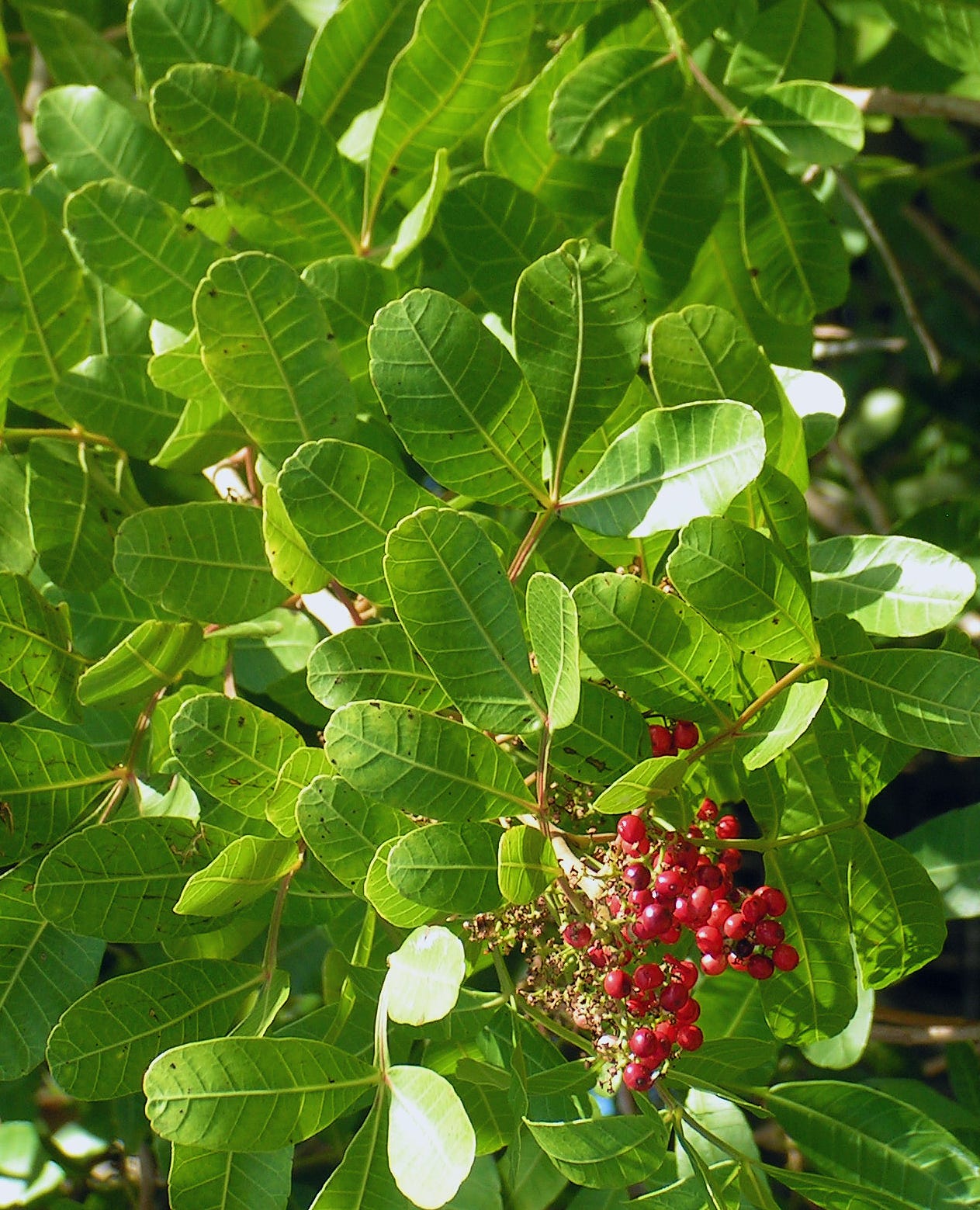
Brazilian Pepper Tree Is A Noxious Weed And Invasive Species
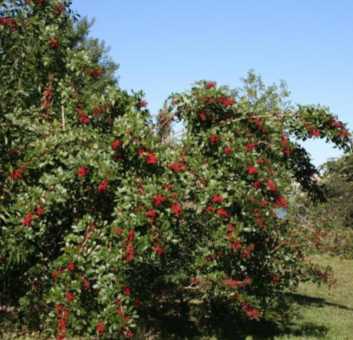
Invasive Plant Spotlight Brazilian Pepper U S National Park Service
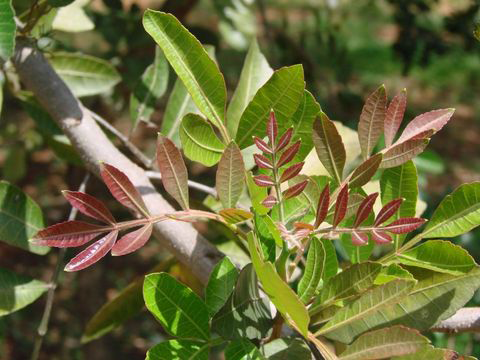
Brazilian Pepper Tree Facts And Health Benefits

Florida Researchers Use Pests To Help Control Pesky Brazilian Peppertree Plant Npr

Brazilian Pepper Tree Mlalazi Estuarine Floodplain Inaturalist
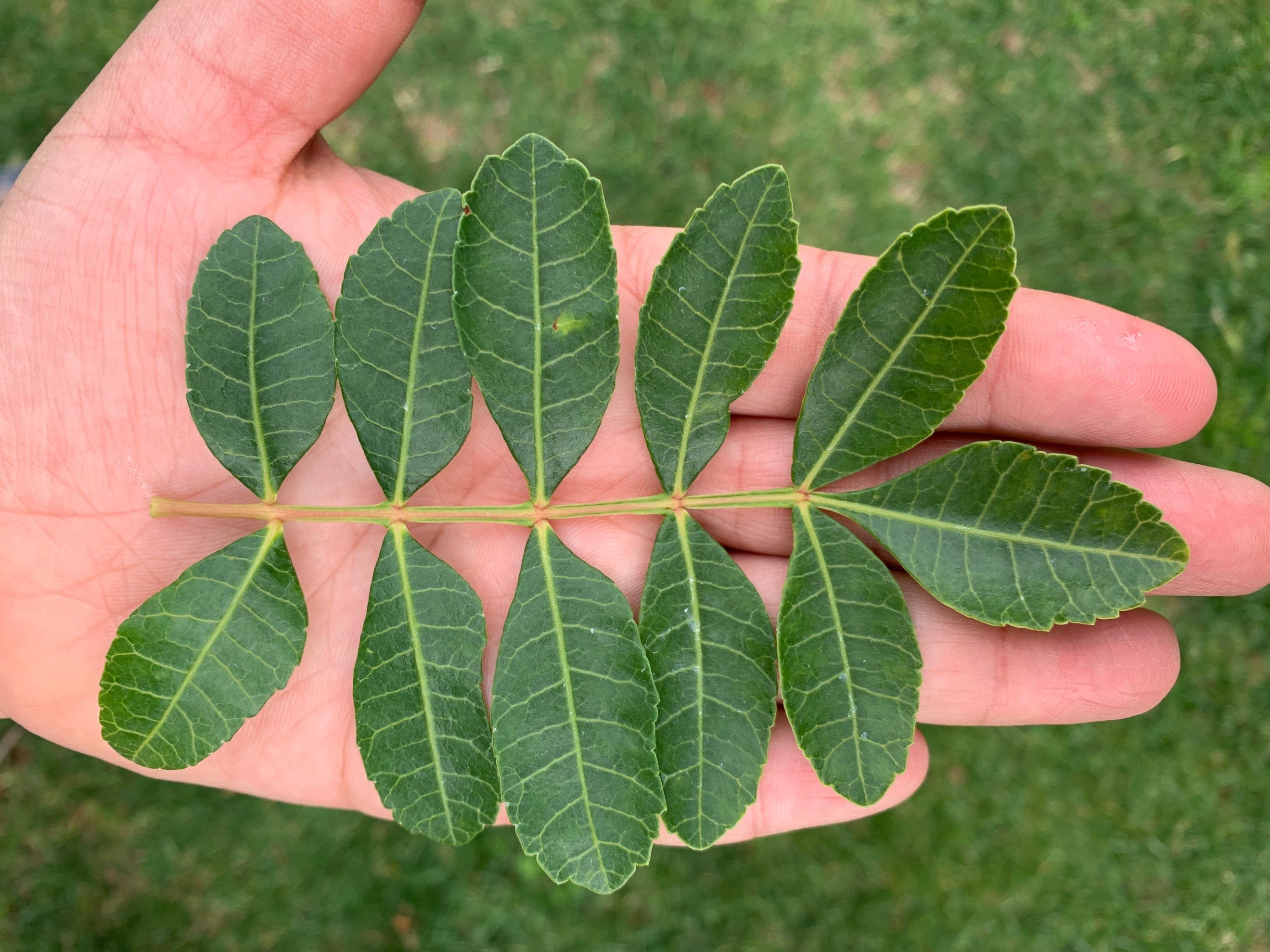
Brazilian Pepper University Of Redlands
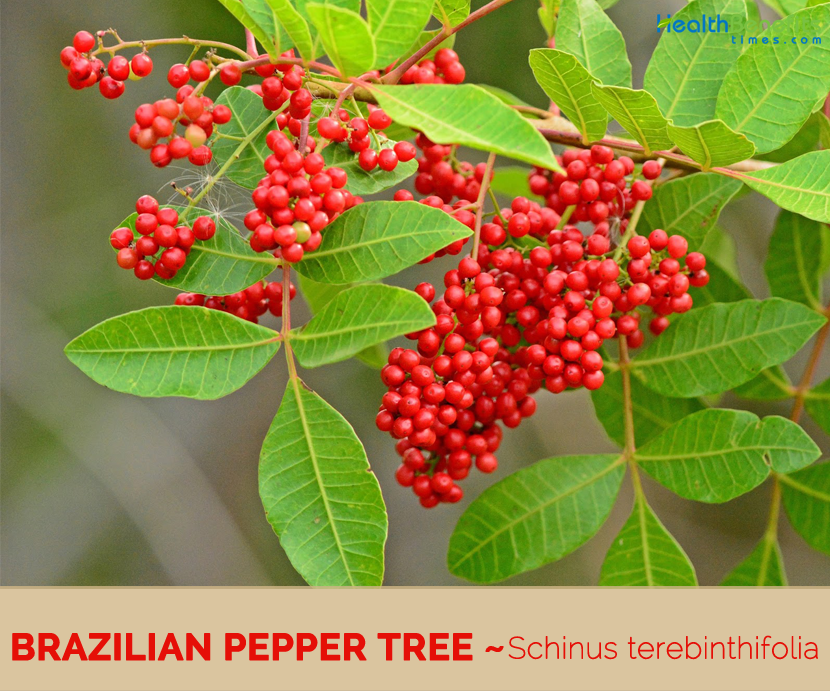
Brazilian Pepper Tree Facts And Health Benefits
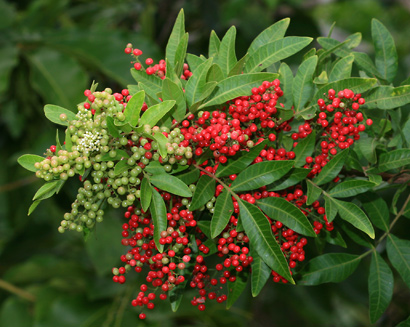
Newsletter 23 January 2012 Eat The Weeds And Other Things Too
Brazilian Pepper Tree On Most Hated Plants List
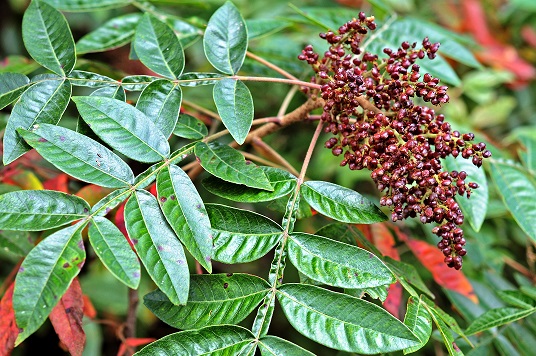
Could It Be A Brazilian Pepper Tree Uf Ifas Extension Pinellas County

Brazilian Pepper Tree Mlalazi Estuarine Floodplain Inaturalist